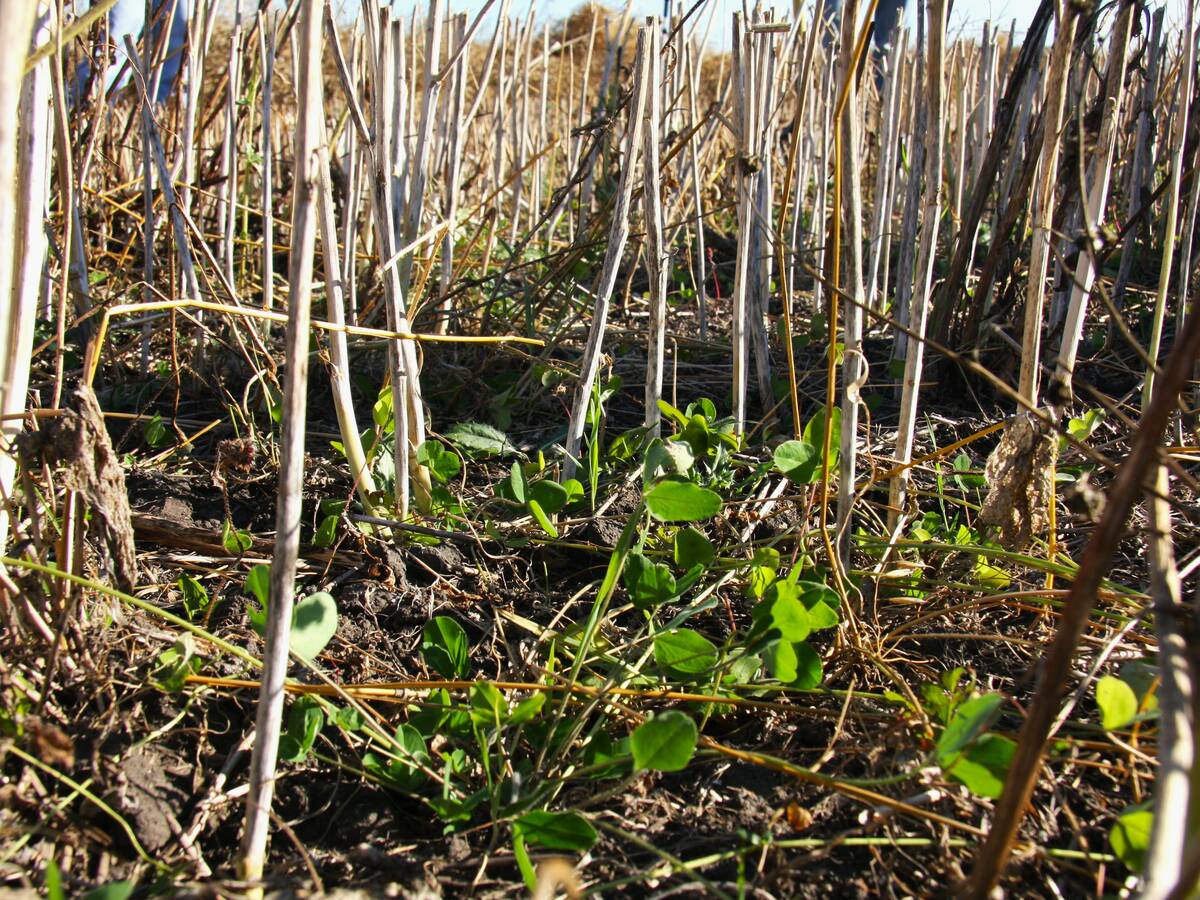Sector demands Ottawa stop restricting temporary foreign workers to only 20 per cent of a meat processor’s workforce
WINNIPEG — Meat packing plants in Canada have struggled for decades to recruit and retain workers.
Until recently, 30 per cent of their workforce could be temporary foreign workers, which helped alleviate the shortage of labour.
Related stories:
However, the federal government changed the rules of the Temporary Foreign Worker Program this spring, capping the share of foreign workers at 20 per cent.
Read Also

Saskatchewan project sees intercrop, cover crop benefit
An Indigenous-led Living Lab has been researching regenerative techniques is encouraging producers to consider incorporating intercrops and cover crops with their rotations.
“Many of them (meat packers) were at that (limit) of 30 per cent,” said Lauren Martin, senior director of government relations at the Canadian Meat Council.
“Yes. It is major company names. The only members we represent are federally inspected plants and those are the big players…. They are impacted by this decrease.”
In March, the federal ministers of immigration and employment — Marc Miller and Randy Boissonnault — announced that employers identified in the 2022 Workforce Solutions Road Map could now have only 20 per cent of their workforce be temporary foreign workers, down from 30 per cent, except for the construction and health-care sectors.
They said the reduction was needed because the labour market has changed in the last two years.
“With … declining job vacancies, the government is adjusting the (TFW) program to ensure the program continues to only be used in cases where there are no workers here in Canada that can fill the necessary role,” said a March news release from the feds.
Rene Roy, chair of the Canadian Pork Council, said the new rules, which came into effect May 1, could hurt the rural economy and farmers.
“If there’s a shortage of workers in the processing sector, it runs the risk that producers can’t ship their product to market,” he said.
“We need to help recruit more new Canadians to rural areas, and creating uncertainty defeats our efforts to convince people to come join our industry.”
To voice their concerns about the changes to the TFW program, the meat council, the pork council, the Canadian Cattle Association and the National Cattle Feeders’ Association issued a joint statement May 29. They asked the feds to restore the previous structure of the Temporary Foreign Worker Program so 30 per cent of employees at processing plants could be foreign workers.
The Baking Association of Canada and Food and Beverage Canada issued similar statements, urging the feds to reverse course.
“The inability to meet current labour needs will have a direct impact on domestic food security and affordability,” said Kristina Farrell, chief executive officer of Food and Beverage Canada.
“Without access to a stable labour pool, companies are forced to make difficult decisions, including discontinuing production lines, importing products and postponing expansion plans and investments.”
The change could reduce meat production at packing plants in Canada because processors are already coping with thousands of job vacancies.
“One of our companies (has) 800 unfilled positions,” said Martin, who added that the government didn’t consult with agri-food processors before reducing the cap on foreign workers.
The shift from 30 to 20 per cent won’t have an immediate impact. Agri-food processors won’t have to lay off employees to comply. The change in policy affects companies that planned to hire a foreign worker after May 1.
“Anyone who is in the system is not impacted,” Martin said.
The consequences will be felt later in 2024 and 2025. For instance, if dozens of workers quit their jobs at meat packing plants this spring or summer, meat processors can’t replace them with foreign workers because they need to stay under the 20 per cent limit.
Besides the 30 to 20 per cent revision, the government also changed the rules for the Labour Market Impact Assessment (LMIA).
Employers who want to hire a foreign worker must prove, using an LMIA, that no Canadian is available or interested in the position.
Under the new regulations, employers will have to conduct an LMIA more often and possibly more thoroughly.
“LMIAs will be valid for six months (a decrease from 12 months) to ensure accurate labour market needs,” the feds said in March.
“Employers will need to explore every option before applying for an LMIA, including recruiting asylum seekers with valid work permits.”
















